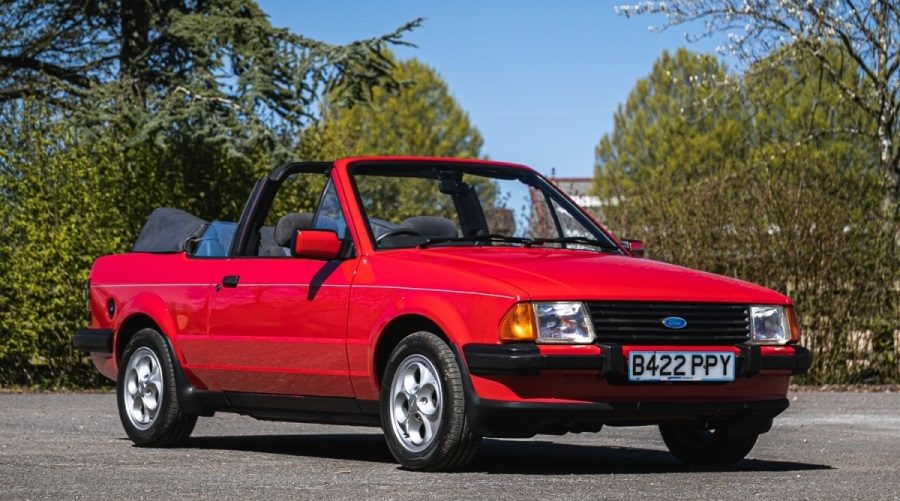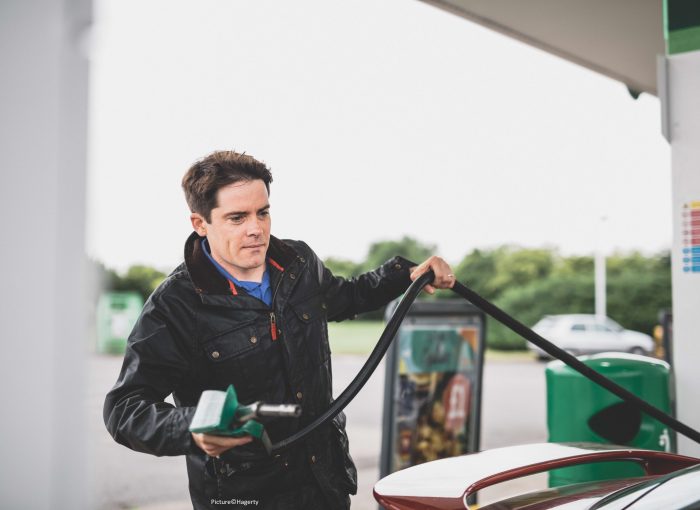From September 2021, the fuel that UK forecourts sell changed. New E10 petrol replaced the existing E5 fuel. But motoring associations warn that up to 600,000 cars currently on the road might not be compatible with the new fuel.
What cars won’t work with E10 petrol?
If your car was registered in 2011 or after, you should be fine. All petrol cars after 2011 had to be made to be E10 petrol compatible. The RAC advises that drivers with cars registered before 2002 don’t fill up with E10.
If you do use E10 in a non-compatible car, it’s not disastrous, like putting petrol in a diesel car for example. The RAC says: “We understand that if you put E10 fuel in an incompatible car it will still run. But bioethanol’s corrosive properties may damage seals, plastics and metals over longer periods.
“There have also been reports that E10 is a less stable fuel and that this can make it more difficult to start a vehicle that has not been driven for an extended period.” There are also concerns that the higher ethanol content will dislodge deposits in older engines which could lead to fuel lines and filters becoming blocked.
You can find out if your car is E10 compatible through this government website.

What do you do if your car isn’t E10 petrol compatible?
Larger petrol stations should continue to sell E5 (97+ octane) alongside the new E10 (95 octane). If you have an effected car and there’s a large fuel retailer near you, just continue using the E5. The downside is it will probably be more expensive. Make sure you check which grade of fuel you’re filling up with if you’ve got concerns about your car.
Some rural, remote of small filling stations may only sell either E5 or E10 as standard. Don’t worry if you need to fill up a non-compatible car with E10. If it’s only a one-off it shouldn’t do your car any harm. And mixing E10 with E5 petrol won’t hurt.
What is E10 petrol?
The E in E10 stands for ethanol. The 10 is for 10%. That means it’s petrol that has 10% ethanol in its blend. The current fuel we use is E5 with 5% ethanol in its mix.
What is behind this switch in fuel?
The increased ethanol component has two benefits. First, ethanol is plant based and so renewable. Second, adding more ethanol means less fossil fuel is used. In turn, when that E10 petrol burns in the engine, it lowers carbon emissions which means less CO2, one of the greenhouse gases that contributes to climate change.
The government claims the introduction of E10 could have a significant effect. It says it would reduce CO2 emissions by 750,000 tonnes a year. That’s the equivalent to taking 350,000 cars off the road.
If you’re worried…
If you think your car may not be compatible with the new fuel or that it might damage your engine, it’s worth taking advice. Classic vehicles’ owners’ clubs, their manufacturers and even garages may be able to help.

I’ve been writing about cars and motoring for more than 25 years. My career started on a long-departed classic car weekly magazine called AutoClassic. I’ve since pitched up at Autosport, Auto Express, the News of the World, Sunday Times and most recently the Daily Telegraph. When I’m not writing about cars and motoring, I’m probably doing some kind of sport or working in my garden.







